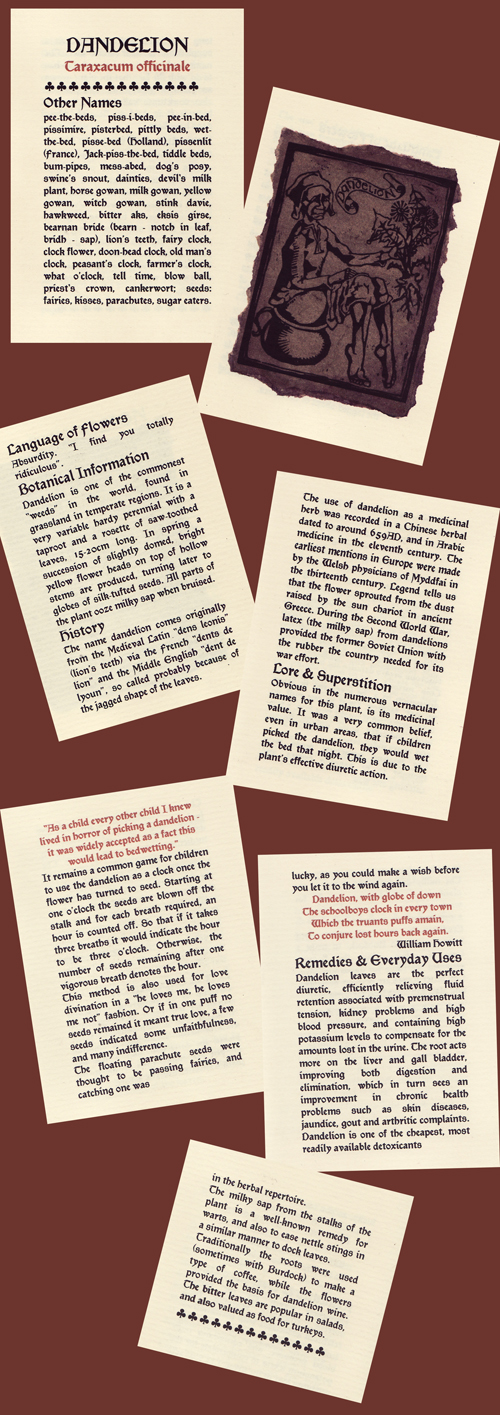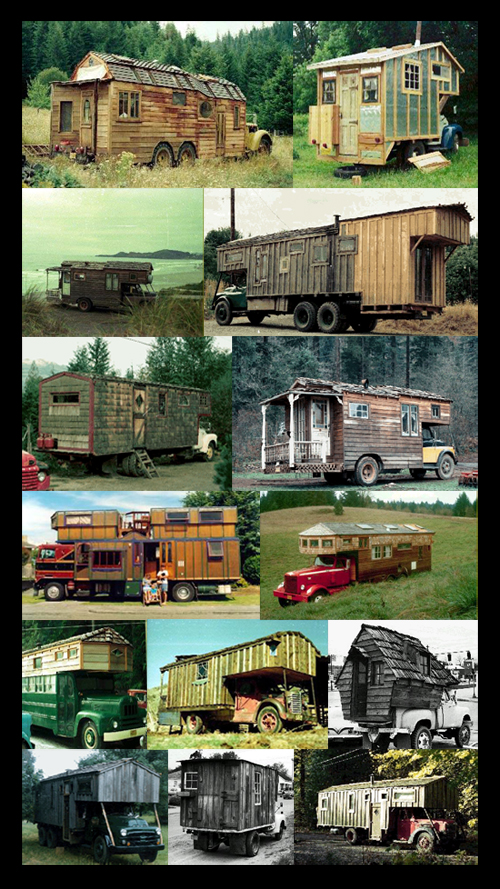 YOU KNOW
YOU KNOW when you stumble across another person's work and you are drawn into their world in a tumbling ecstasy of combined respect at their skill, delight at their creations and enjoyment of their mind?
Well the internet is a wonderful place for this sort of thing to happen and for this I applaud it and its magical wires that aren't really there and that seem to pass paintings and tunes and thoughts and words and films along them as easy as if all of us were sitting in one big room sharing stories. Not so long ago we would have fallen backwards off our chairs to hear of such a contraption. But now it has become an extra limb, and a very useful limb indeed for those of us who are trying to make things at home, trying to paint and create and make a bit of money (not that we like it really but it helps to pay for teabags), very useful it is indeed for those of us who want to hide away in our nests but also want to show people what we do in case others might like it, in case it might ring bells in their spirits.

And so that brings me to the odd world of blogs. I was a novice at this not so long back, but find that I have connected with others who are also making beautiful things and this is helping us all to make a living doing what we love to do. From time to time I have seen that people pass on "awards" or "memes" to one another for their work, thus promoting them.
I have never been a fan of those brash chain emails that under a charitable guise, whip up a sort of superstitious dread that some terrible luck might befall you unless you clog up ten more people's inboxes within the soonest few minutes.
The point of me telling you all this is to say that I received a one of these awards the other day from
Cliodhna Quinlan and have found some other lovely things written about me and my work
here and
there and
here and
there and
here and
there. Thank you to all of these people ~ it is genuinely appreciated. I even found someone who included me in their commentary on
artisan blogging.
As you may have guessed, I don't really want to follow the crowd in this matter, but I would like to show you some lovely work by some people whose creations drew me into their world as people above have been drawn into mine...
Carson Ellis paints and draws after my own heart. Her work is strange and sad and she seems to share my fascinations with lettering and Russia and accordions. She blogs
here occasionally and her lovely website is
here. You may have seen her work adorning the albums of the
Decemberists.

Gretel Parker is a lovely friend whose work enchanted me as soon as I saw it. She is a fellow lover of wheeled creatures and tales and a master watercolour artist, conjuring tales of melancholy and loss in a far off toybox world.
Here is her lovely collection of work and
here in the middle of nowhere is her well read and so well written blog. I was lucky enough to have the loan of her studio where I painted
my first watercolour.

Lisa Hurwitz I discovered via the lovely land of
Etsy and I was very glad. Her paintings are scratchy and large-headed, melancholy and strange and her drawings are beautiful. I am a great admirer of her work. Read her blog
here and see her portfolio
here.
And finally the fabulous
Cart Before the Horse folk art of Jo James makes me smile no end. Her creations are beautifully made and suitably strange and topsy-turvy for my tastes. Read her lovely bloggings and doings
here.
These tagging businesses are supposed to include seven facts about yourself or somesuch.. but ... well... for that you'll just have to keep reading this blog! Suffice to say.. as you may have noticed, I like beautiful things with a little bit strange and a little bit of sad.

 MEDIEVAL HERBALS are things that delight me .. old compendiums of collected folk knowledge about plants and how they can help us, filled with spidery words and strange drawings of plants both familiar and outlandish. Medieval ideas about our bodies and how to heal them were quite different to those of the modern medical profession, and the world's garden in those days was seen as an immense medicine cabinet full of mysteries to be written down and remembered ... thus leaving us with many beautiful books full of strange tales and magical imagery.
MEDIEVAL HERBALS are things that delight me .. old compendiums of collected folk knowledge about plants and how they can help us, filled with spidery words and strange drawings of plants both familiar and outlandish. Medieval ideas about our bodies and how to heal them were quite different to those of the modern medical profession, and the world's garden in those days was seen as an immense medicine cabinet full of mysteries to be written down and remembered ... thus leaving us with many beautiful books full of strange tales and magical imagery. Some years ago I made a book inspired by these wonderful herbals... a collection of plant lore and superstition from A to Z ... illustrated with 23 woodcuts (no plant for U, X or Z!). I collected information from many books: old plant names, superstitions and stories surrounding each plant and beliefs about what they could do to benefit your health (or not!). And each plant was illustrated with a handmade wood engraving - carved on a very close-grained Japanese Maple wood and printed onto brown parchment-like paper. Below is a photo of the book itself and the woodblocks.
Some years ago I made a book inspired by these wonderful herbals... a collection of plant lore and superstition from A to Z ... illustrated with 23 woodcuts (no plant for U, X or Z!). I collected information from many books: old plant names, superstitions and stories surrounding each plant and beliefs about what they could do to benefit your health (or not!). And each plant was illustrated with a handmade wood engraving - carved on a very close-grained Japanese Maple wood and printed onto brown parchment-like paper. Below is a photo of the book itself and the woodblocks.

































